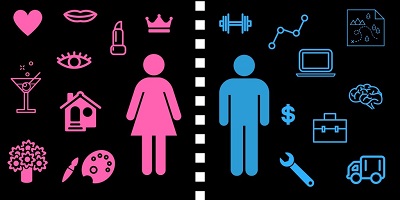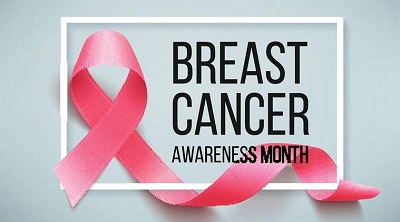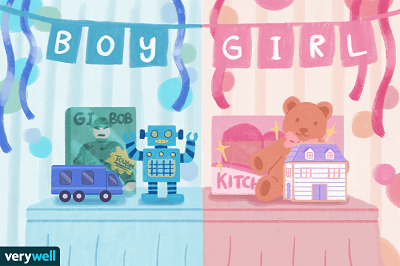In our latest blog article titled ‘Why does color matter?’, we introduced the issue of color and the immense symbolic and financial importance it holds for the fashion industry and culture in general. This was an introductory sort of post where we discussed three key points that will hopefully serve as a context for what follows. Firstly, we talked about the regulation of colors, all these globalized mechanisms that determine the dominant colors that get handpicked for us each year, and what they come to symbolize. Here, an interesting paradox emerged: even though at first glance the choice of a specific color seems to be an expression of our personal style, a highly individualizing gesture aiming at setting us apart from the crowds, the decision of these very colors we ‘freely’ pick ultimately belongs to a handful of color experts, marketing strategists, and fashion designers. Our unique style is an impersonal choice.
Secondly, we realized that a whole industry is built around color, and as such the financial stakes are quite high. This has immense consequences for the fashion industry itself, but also for the environment as it feeds on a fast-fashion production model that capitalizes on the abovementioned incessant need of consumers to feel unique. Thirdly and most importantly, we discussed how the colors themselves are branded and marketed along with the fact that they are a powerful tool for marketing other products season after season. It became obvious that the symbolic and financial value of colors rests on the grids of association to which they belong. This way a color comes to signify a certain attitude, an affect, a thought, a worldview, or a lifestyle. At the same time, colors are endowed with a magical power of bringing into existence that which they signify. If red is the color of passion, then wearing red makes one a passionate person.













 Login
Login